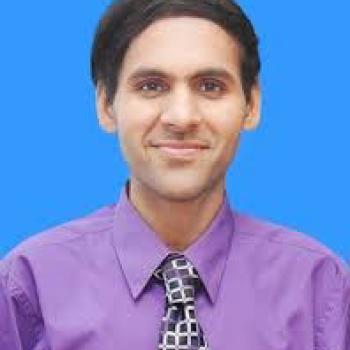Empowering higher education teachers using tripartite drug awareness training model to support youth well-being
The prevalence of drug use is on the rise across South Asia, especially among young people (UNODC, 2023). A rapid increase in drug addiction among university students and the wider availability of drugs has emerged as a serious social problem, leading them towards violent and criminal activities. The field of education remains isolated in addressing this menace, primarily due to the main focus of drug addiction within the medical sciences. Empowering teachers can be one possible avenue to support learners' well-being and prevent them from falling into drug addiction.
This longitudinal qualitative research was conducted using an instructional design methodology, combined with participatory action research with university teachers at Sindh Madressatul Islam University as a case study. I developed a drug awareness tripartite open educational model of training for teachers using ethnographic approach. distinctive sociopsychoeducational model of drug literacy, the training module was designed which included a knowledge and competencies component, covering topics such as types of drugs, their consequences, drug addiction and its reasons, mental health, personal identity, introduction to psychology, human personality, emotional and adversity quotient, socio-counseling skills, etc. The training was administered to university teachers over a duration of 3 months using loglocal teaching pedagogy.
During this period, they exhibited an enhanced understanding of various aspects of drug use and showcased improved counseling skills, thereby enabling them to provide better support to students who might be at risk of drug addiction. Subsequently, these teachers collaboratively developed a course outline and lesson plans focused on drug awareness, which they then implemented with their students. This implementation successfully adhered to the tripartite approach of this model.
The model holds significant potential for the design of policy documents within both Asian and European higher education institutions opening up new avenue of addiction workforce with potentially wider impact on society.
Note: Youth who participated in the second phase were from the marginalized communities.
